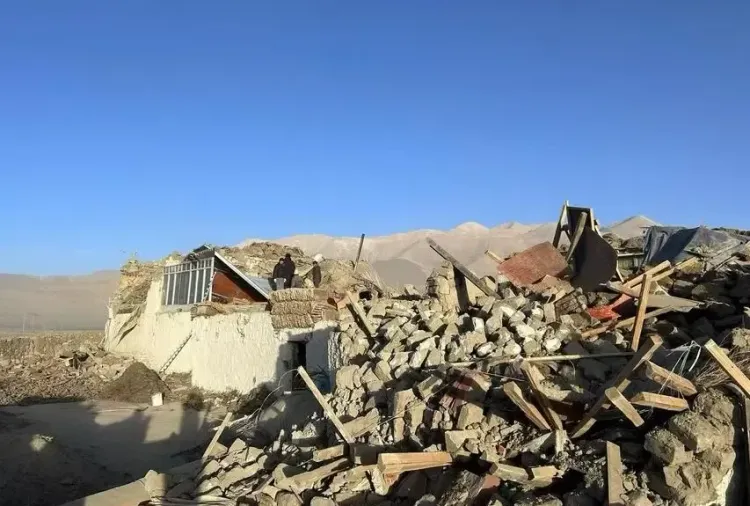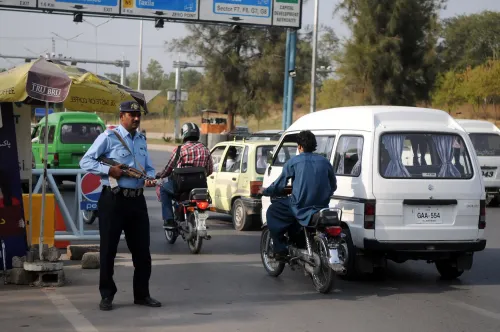Nepal-Tibet Quake: 126 Lives Lost and Thousands of Homes Damaged

New Delhi, Jan 8 (NationPress) At least 126 individuals have lost their lives, 188 people have been injured, and more than 1000 homes have collapsed following a significant earthquake measuring 7.1 on the Richter scale that struck the border region between Nepal and Tibet, according to various media reports.
The National Centre for Seismology (NCS) confirmed that the seismic event occurred at 6:35 a.m. (IST) on Tuesday morning, with the epicenter located at latitude 28.86°N and longitude 87.51°E, at a depth of 10 km. This location is identified as Xizang (Tibet Autonomous Region), situated near the border with Nepal.
Reports from Xinhua news agency indicate that the majority of the fatalities occurred in the city of Xizang, with numerous injuries and significant structural damage reported.
In Tonglai Village, located in Changsuo Township of Dingri in Xigaze (Shigatse), multiple houses have evidently collapsed.
The earthquake's tremors were felt as far as northern India, impacting areas including Bihar, West Bengal, Sikkim, and Delhi-NCR, leading to panic as residents evacuated their homes. Fortunately, there have been no reports of casualties or property damage in India thus far.
Two aftershocks followed the main earthquake -- a 4.7-magnitude tremor was recorded at 7:02 a.m. (IST), with its epicenter located at latitude 28.60°N and longitude 87.68°E, at a depth of 10 km. Another aftershock, measuring 4.9 in magnitude, struck at 7:07 a.m. (IST), with its epicenter at latitude 28.68°N and longitude 87.54°E, at a depth of 30 km.
The United States Geological Survey (USGS) has determined that the earthquake's location is about 93 km northeast of Lobuche, close to the Nepal-Tibet border. Lobuche is near the Khumbu Glacier, approximately 150 km east of Kathmandu and 8.5 km southwest of Everest Base Camp.
Nepal, lying in a region highly prone to seismic activity where the Indian and Eurasian tectonic plates converge, frequently experiences earthquakes. This tectonic movement, which shapes the Himalayan region, often leads to seismic events of various intensities.
Authorities in both Nepal and the impacted regions of India are maintaining vigilance, closely observing the unfolding situation. The earthquake has reignited concerns in an area that is historically susceptible to catastrophic seismic activity.









